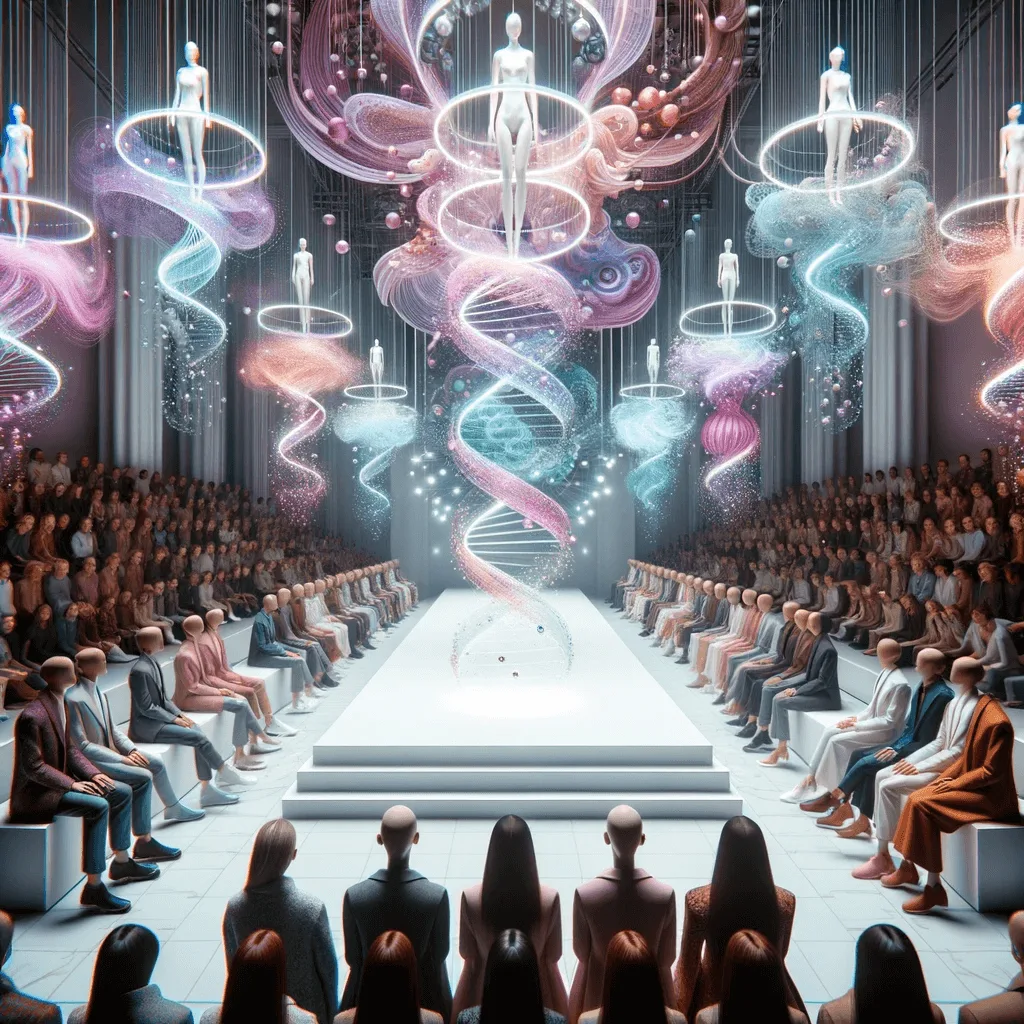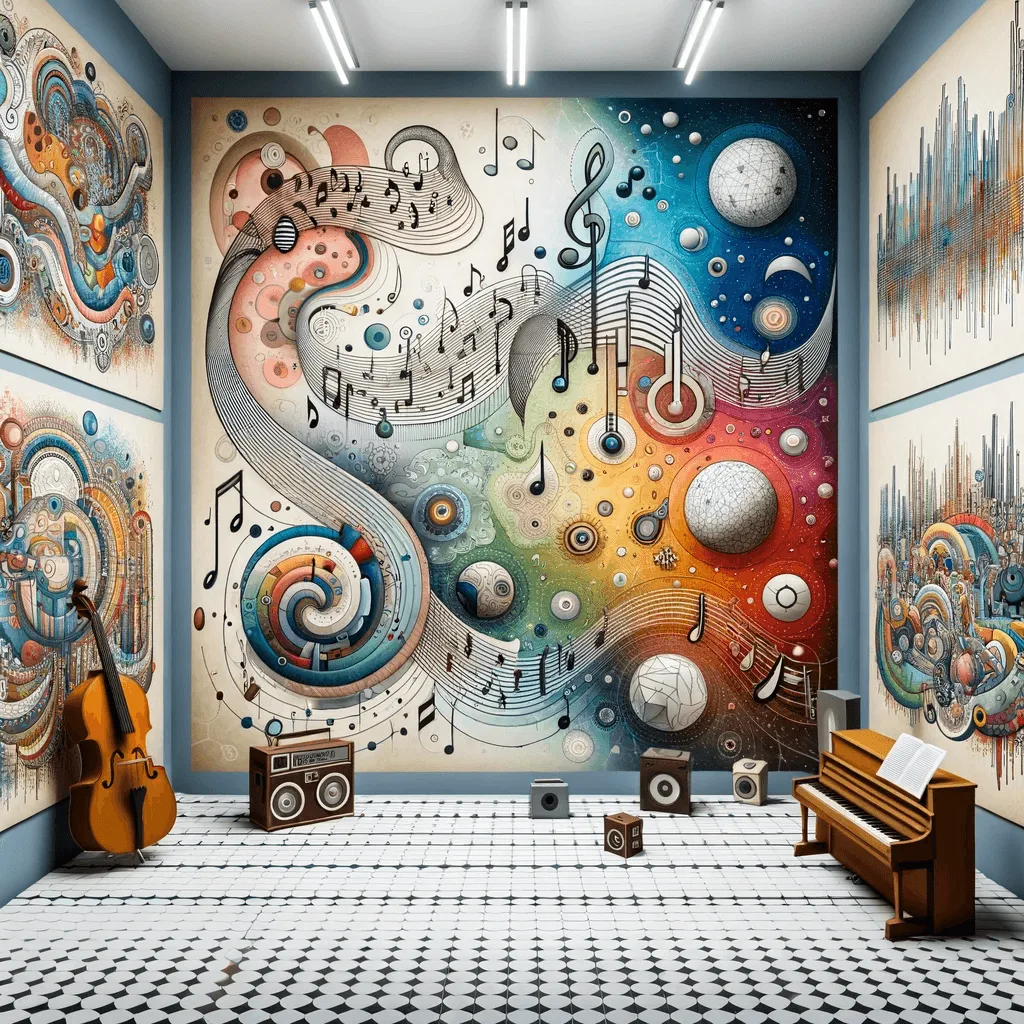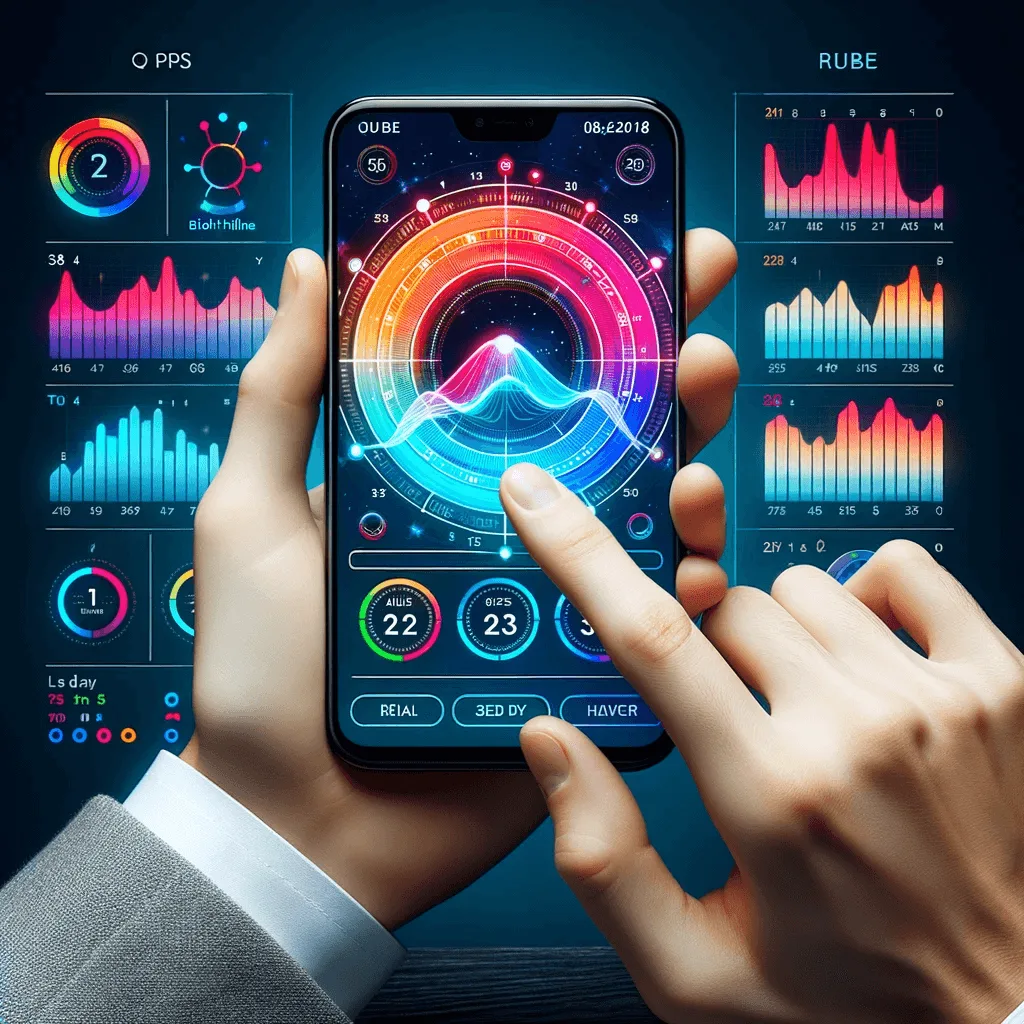
Biorhythms In Modern Culture
In today's fast-paced digital landscape, the age-old concept of biorhythms has found new resonance. This article delves into the influence and integration of biorhythms in contemporary culture, showcasing its relevance, applications, and the fascinating interplay between ancient wisdom and modern technology.
article by Adrian Wallace
The New Biorhythmic Wave
While biorhythms have their roots in early 20th-century theories, the 21st century has seen a resurgence in interest. The fusion of holistic health trends, personal well-being movements, and technological advancements has propelled biorhythms back into the cultural spotlight, making them more accessible and intriguing to the masses.

Digital Tools: Charting Rhythms With A Click
One of the most significant influences on the biorhythmic renaissance is technology. A plethora of apps, online platforms, and software tools now offer personalized biorhythmic charts based on a user's birth date. These digital solutions provide visual representations, interpretations, and even daily advice based on one's rhythmic cycles, bridging ancient theories with modern convenience.
Artistic Endeavors: Biorhythms As Inspiration
In the realm of art, biorhythms have become a source of inspiration for many contemporary artists. Musicians, visual artists, and performance artists incorporate biorhythmic data to create immersive experiences, translating the rhythms into soundscapes, visual patterns, and kinetic performances. Such artistic endeavors echo the peaks and troughs of life, resonating deeply with audiences.

Fashion & Design: Wearing Your Rhythms
The world of fashion and design hasn't remained untouched by the biorhythmic wave. From clothing lines that change color based on one's predicted emotional state to interior designs that adapt to one's physical rhythms, the fusion of biorhythmic insights with design principles is creating innovative and personalized experiences.
Workplace & Productivity: Aligning Tasks With Rhythms
In the corporate world, there's growing interest in harnessing the power of biorhythms to boost productivity and well-being. Some progressive companies offer flexible schedules aligned with employees' biorhythmic charts, believing that tasks synchronized with natural rhythms lead to enhanced performance and reduced burnout.

Health & Wellness: Personalized Rhythmic Care
The health and wellness industry is also tapping into biorhythmic insights. Fitness trainers, therapists, and even spa centers are integrating biorhythmic data into their offerings, tailoring routines, therapies, and treatments to align with individual cycles for optimal benefits.
Biorhythms, with their rhythmic essence, have seamlessly integrated into the fabric of modern culture. Their influence, from technology to art to daily routines, underscores the timeless nature of these cycles. As we continue to innovate and evolve, the dance of biorhythms remains a testament to the enduring connection between ancient wisdom and contemporary life.
Published: 10/23/2023
Modified: 10/23/2023
More predictions
Come back here soon to learn more about yourself and your future


Biorhythms: Fact Or Fiction?
Biorhythms are believed to be natural cycles that affect various aspects of our lives, from our physical and emotional states to our cognitive abilities.


The Dance Of Daily Rhythms
In the bustling town of Rhythmsville, everyone lived in harmony with a unique pulse, an inherent rhythm known as biorhythms. These rhythms, whispered tales said, were born from the cosmos, guiding each individual's physical, emotional, and intellectual tides.


Biorhythms In Our Daily Life
At the heart of our daily experiences lies a fascinating concept: biorhythms. These are proposed inherent cycles believed to influence our physical, emotional, and intellectual states. Born from early 20th-century theories, biorhythms have since permeated various aspects of our lives, from personal introspection to technological tools. But how do these rhythms interplay with our day-to-day activities?